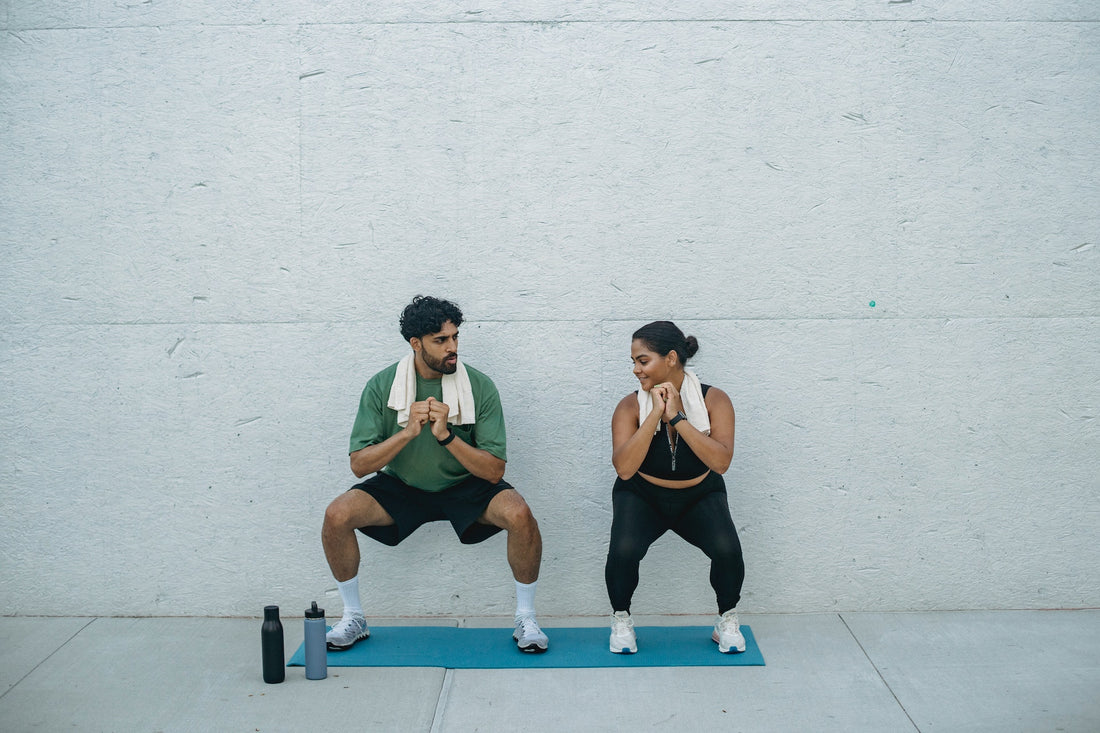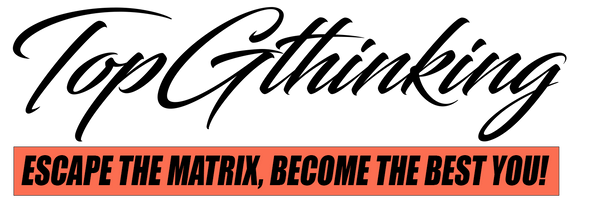
What happens when you squat 100 times everyday!
Share
Today, we have an exciting topic to discuss that can transform your lower body strength and overall fitness level. We'll be diving into what happens if you do 100 squats a day, every day. So, let's get started!"
Squats are a fundamental compound exercise that targets multiple muscle groups in your lower body. They engage your glutes, quadriceps, hamstrings, calves, and even your core muscles. Additionally, squats help improve your balance, posture, and overall functional strength. Squats can be performed using just your body weight or with added resistance such as dumbbells, barbells, or kettlebells. The ability to modify the intensity of squats makes them suitable for people of various fitness levels.
Moreover, incorporating squats into your workout routine can contribute to increased bone density, as it is considered a weight-bearing exercise. This can be particularly beneficial for individuals at risk of osteoporosis or looking to maintain strong and healthy bones. Remember to maintain proper form during squats, keeping your knees aligned with your toes and your back straight, to minimize the risk of injury and maximize the effectiveness of the exercise.
TYPES OF SQUATS
Now that we understand the basics, let's explore different types of squats you can incorporate into your daily routine.
Bodyweight Squats:
Bodyweight squats are a great starting point for beginners. You don't need any equipment, just your bodyweight. Stand with your feet shoulder-width apart, lower your hips by bending your knees, and then push through your heels to return to the starting position.
Goblet Squats:

Goblet squats are excellent for working your glutes and quads. Hold a dumbbell/kettlebell or weighted plate close to your chest, with your elbows pointing downward. Perform squats as you would with bodyweight squats, maintaining a straight back and focusing on the depth of your squat.
Barbell Back Squats:

Barbell back squats are a more advanced version of squats that require a barbell and additional weights. Place the barbell on your upper back, gripping it with your hands slightly wider than shoulder-width apart. Perform squats by bending your knees and lowering your hips, while keeping your back straight and core engaged.
Sumo Squats:

Sumo squats primarily target your inner thighs and glutes. Stand with your feet wider than shoulder-width apart, toes pointing outwards. Lower your hips while maintaining an upright torso, and then push through your heels to return to the starting position.
Bulgarian Split Squats:

Bulgarian split squats are fantastic for building strength and stability in your legs. Stand a couple of feet in front of a bench or step, then place one foot on the bench behind you. Lower your hips until your front thigh is parallel to the ground, and then push through your front heel to return to the starting position. Switch legs and repeat.
Pistol Squats:

Pistol squats are an advanced unilateral squat variation that challenge your balance, strength, and flexibility. Stand on one leg with the other leg extended in front of you. Lower your hips as you extend your free leg forward, keeping it parallel to the ground. Return to the starting position and repeat on the other leg.
MUSCLE GROUPS TARGETED
Now that we've covered the different types of squats, let's discuss the specific muscle groups they target.
Quadriceps:

Squats are one of the most effective exercises for building strong quadriceps muscles, which are located on the front of your thighs. When you perform squats, your quads work hard to extend your knees and lift your body back up.
Glutes:

Squats are known for their ability to activate and strengthen the glute muscles, including the gluteus maximus, Medius, and Minimus. These muscles are responsible for hip extension and play a crucial role in enhancing your overall lower body strength and stability.
Hamstrings:

The hamstrings, located on the back of your thighs, also get a good workout during squats. As you lower your body, your hamstrings work to control the descent and assist in pushing your body back up.
Calves:

Although squats primarily target the larger muscles of the lower body, such as the quads and glutes, your calves also play a supporting role during the exercise. They assist in stabilizing your lower legs and ankles.
WEIGHT LOSS AND METABOLIC BOOST

One of the great advantages of incorporating squats into your daily routine is their potential impact on weight loss. Squats are a compound exercise that engages multiple large muscle groups. This means that they require a significant amount of energy, resulting in a higher calorie burn compared to isolation exercises.
By doing 100 squats a day, you can boost your metabolism and increase your overall calorie expenditure. This can contribute to creating a calorie deficit, which is crucial for weight loss. Remember, though, that weight loss is a combination of exercise, nutrition, and lifestyle factors. Squats alone won't magically make you lose weight, but they can be a valuable addition to a well-rounded fitness routine.
STRENGTH AND MUSCLE TONE

In addition to weight loss, doing 100 squats a day can help improve your strength and muscle tone. Squats target your lower body muscles, such as your glutes, quads, hamstrings, and calves, which are responsible for your overall lower body strength and aesthetics.
By consistently challenging these muscles with squats, you can stimulate muscle growth and definition. This can lead to improved muscle tone and a more sculpted lower body.
PROPER FORM AND VARIATION

Before you start incorporating 100 squats into your daily routine, it's essential to focus on proper form and technique. Maintaining proper form not only helps prevent injuries but also ensures that you're effectively targeting the desired muscle groups.
Remember to keep your chest up, core engaged, and back straight throughout the movement. Make sure your knees are aligned with your toes and aim for a full range of motion by lowering your hips until your thighs are parallel to the ground.
Additionally, don't be afraid to vary your squat routine. Incorporating different squat variations, as we discussed earlier, can provide new challenges and target muscles from different angles, keeping your workouts interesting and effective.
There you have it, the potential benefits of doing 100 squats a day, including the different muscle groups targeted, weight loss potential, and the importance of proper form. Remember to start at your own fitness level, gradually increasing the number of squats over time.

